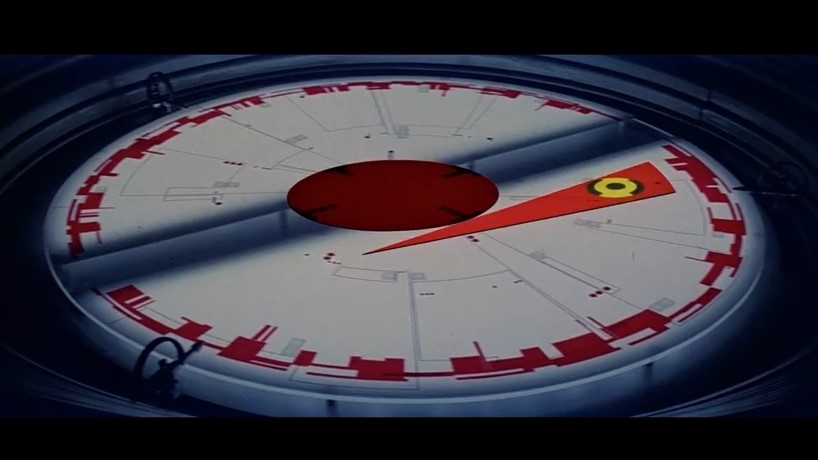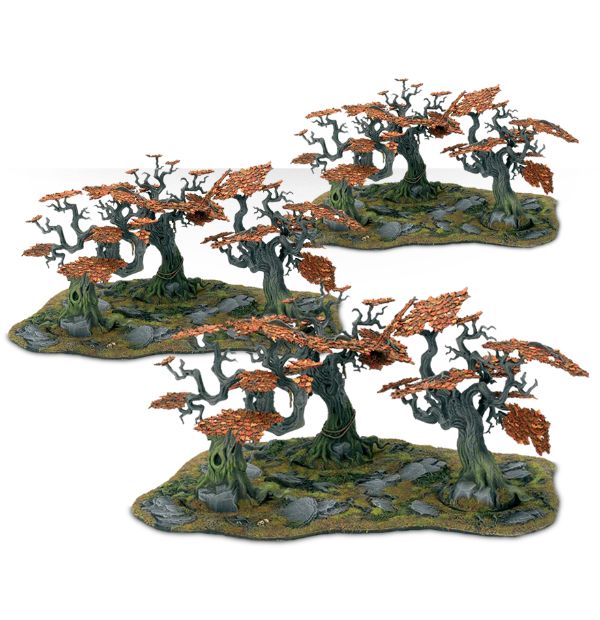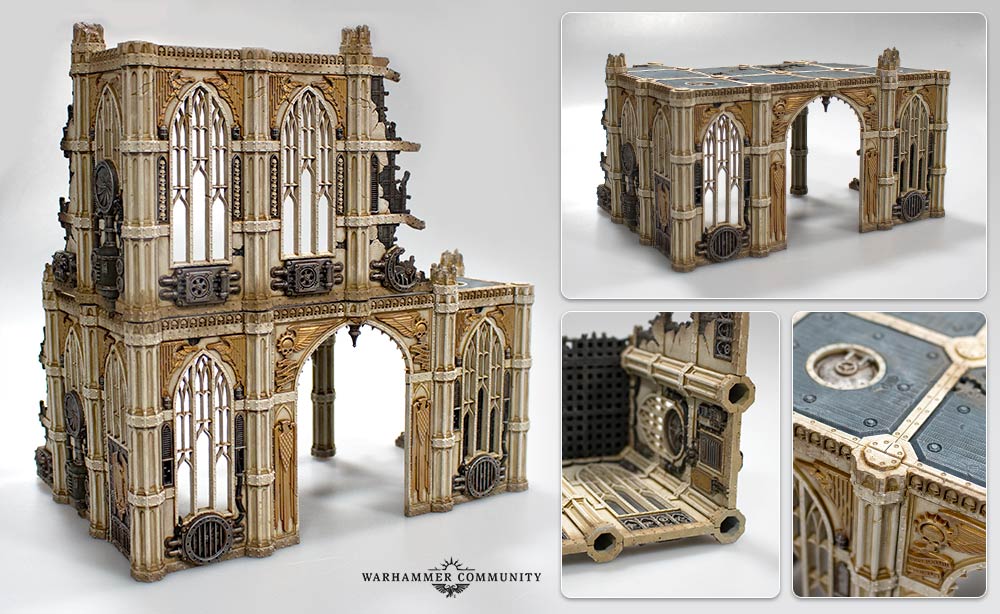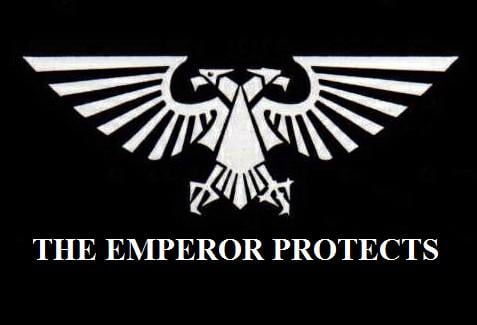40K Doctor: Fixing what Ails Terrain and Line Of Sight


Today let us take a loot at how to fix what ails line of sight in Warhammer 40,000.
Line of sight is a core part of any miniatures game and is important to many aspects of the game. Terrain is likewise important to miniatures games, and how it interacts with line of sight can be a point of contention among players. Warhammer 40,000 has pretty simple rules for Line of Sight, and yet those rules do cause some issues. Not only are they simple, but for many players they are wanting, in particular in how they interact with terrain. Today lets take a look at how we might “fix” line of sight rules and their interaction with terrain. Lets start by taking a look at two ways 40K has dealt with LoS in the past.
Abstract Line of Sight And Terrain Rules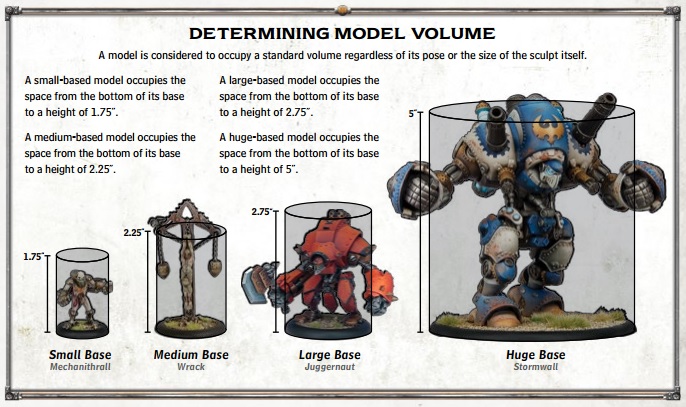
Warmachine is one of the kings of abstract terrain
One way of dealing with terrain rules has been to allow certain abstractions. Many older editions of the game used various levels of abstraction. There where a few ways this worked. One was though the idea of “area terrain” this tended to be terrain on a base, often used for woods and ruins. There were various rules saying for instance that you could see into the area terrain but not through it, or might only be able to see a certain distance into the area terrain. Other ways of abstracting terrain and LoS was to give things a “height”, infantry would be height one, tanks 2, large buildings 3, etc. Your height determined what you could see and been seen over. Therefore if a height 2 tank was behind a height 3 hill the tank could not be seen, even if the hill was physically lower the tank model. There are various other ways to abstract LoS but the core concept is that the rules given to the terrain and models are more important then the physical dimensions of the models and terrain.
True Line of Sight
Finally got that sweet shot.
The current system of rules used in 40K is what we call True Line of Sight. In concept it’s a very simple idea. Whatever your model can “see” it can see, if there is an any sort of uninterrupted line that can been drawn between two points then there is LoS between the points. Now, all editions used some sort of True LoS, but recent editions have moved to a pure form of it with no modifiers. 8th event removed any need to draw true los for certain parts of models (guns, heads, etc.) and made it very free form. The core concept here is that the physical dimensions of the models and terrain are all that matter.
The Problems with Both Systems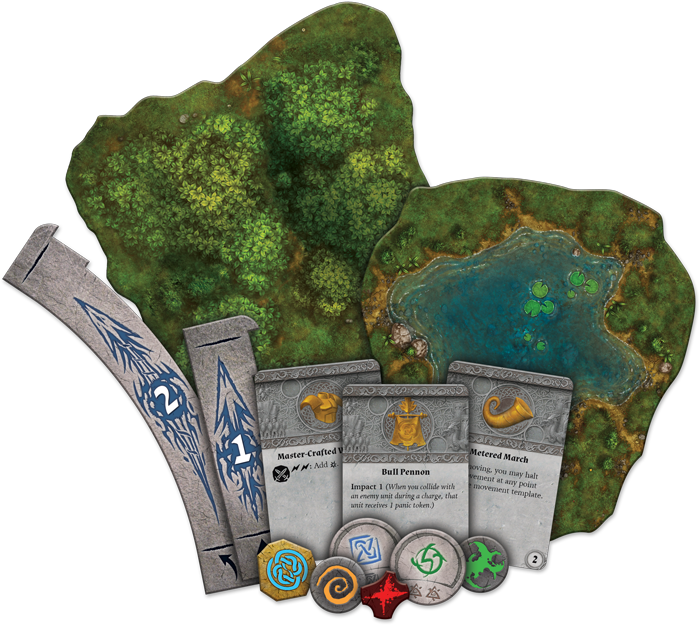
Immersive and evocative terrain.
Both systems of LoS have their issues. Abstract has the danger of removing an interactive and visual element to the game, and reducing it to cardboard footprints with numbers written on it. While it can be precise it removes hobby and some fun from game play and you can end up in situations where the rules don’t at all match the reality of models on the table top. The semi-apocryphal story goes that the GW designers got tired of seeing so much bad terrain, enabled by abstract rules, that they instituted true LoS rules so that players would be forced to used better terrain, no more 1 inch high hills blocking los to a 5 inch tall tank.
What am I good for?
Of course one of the issues with true LoS is that not all players/groups, were or have been able to update their terrain. For many it has been a slow process (even with 10+ years to do it) and this has left a lot of largely useless terrain out there. Still, true LoS works great in some situations, with hills, or other models it works very well. The area that it particularly breaks down with is the old concept of area terrain, ruins and forests. Both of these things are features that in real life (especially considering battlefield effects like smoke and lighting) are hard to see through. If you’ve looked at a semi large group of trees you know its hard to see to the other side. However the reality of models means that for forests you’re either forced to build a terrain feature that is so dense no model can enter it (making it unsuitable as anything other than impassible terrain) or one that doesn’t block LoS.
Beautiful terrain, n0 LoS blocking properties.
The same is generally true of ruins (made worse by the fact that no 40K buildings have internal walls). Heck even the GW terrain kits for forests and buildings are effectively see through. This has reduced these two very common terrain types to near uselessness. As a result we have things like ITC made up rules abstracting LoS though ruins, and the preponderance of boring large “Ls” to block LoS.
The Fix
So how do you fix LoS, and its interaction with terrain, to be better? Well I’ve got a few ideas. Mainly I would move back to a hybrid true LoS and abstract system. I think you keep true LoS for most things, it is simply and dynamic. I personally would like to see some rule that say you have to be able to draw LoS to a certain percentage of a model, as I am not a fan of the “I can see that one guys flag, so I can shoot your whole unit” effect. However I do recognize that this would lead to arguments and debates and we just can’t have that in the game. To me the big change I would make is to bring back the idea of area terrain. I would include both forests and ruins in this, though you could have other types. Their rules could differ but I would standardize the LoS rules for them. I would write the rules so that units can only see though 3 (or possibly 2?) inches of area terrain. Thus you’d rarely be able to see through a whole forest or ruin, but could see into them some what. This would allow players to chose to place their units on the edge of the area terrain and see or be seen. Or, you could hide units in the center of larger terrain to avoid being seen, though likewise they couldn’t see anything. With this you would make forests relevant again, and make ruins LoS blocking without the issue of magic boxes you have in ITC. I think a simple reworking of terrain and los rules in this way would benefit the game a lot.
Let us know how you would fix LoS, down in the comments!

